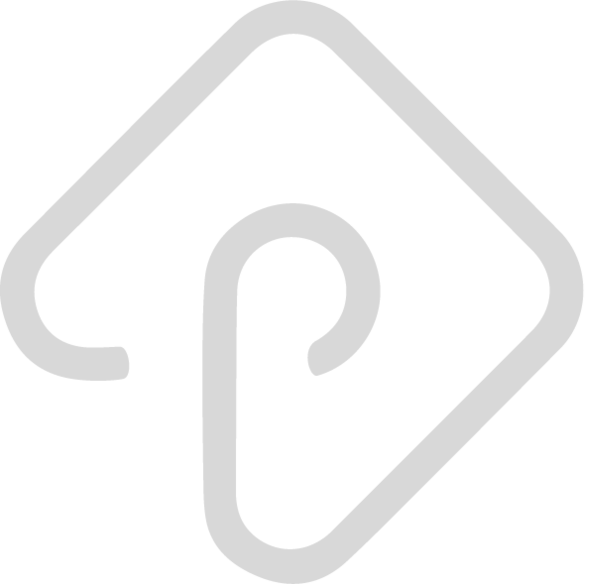Google searches for ‘increase website traffic’ are at 2,400 per month globally. Google searches for ‘increase website conversion rate’ are at 320 per month globally.
Website traffic is important – there’s no conversion without it. But increasing your conversion rate by just 1% is much easier and more cost effective than increasing your website traffic by 1%.
When you switch your focus from increasing website traffic to increasing website conversions, you’ll see stronger results on your bottom line. Plus, when you create content to increase your website conversions, you’ll see results long into the future, rather than simply running one campaign to boost traffic in the short or medium term.
Before you get started, set a goal. You can benchmark your website by industry here.
A good website conversion rate depends on your industry and how long it takes customers to buy your product after first landing on your site. Ideally, if you’re setting a goal you’d want to be in the top 10% of websites in your industry. But set smaller goals to get there slowly – even a 1% increase in conversion can have a huge impact on your bottom line.
You have just seconds to grab your customers’ attention when they reach your website. Luckily, that’s what your headlines are for. Make sure the headline on every page is working at peak performance.
Some top tips:
Structure your content so it’s easy to read and customers can see exactly what they’re looking for:
If you aren’t sure what works best, ask someone with a similar profile to your customers (same age bracket, similar background, job title, computer literacy, etc) to test out your site for you. If my Granny can navigate a site, I know it’s bound to be easy to use.
Think of every little detail, and see each webpage as a story. Start with the key information in your headlines and first paragraphs, then give more granular details for those who are interested further down.
Little things like the amount of text on your CTA (call to action) button, or what you write on the CTA button, really matter.
The key to any type of marketing is data. We can all guess what our customers like, and even ask them to tell us, but the proof is in the numbers.
If you don’t have the budget for split testing software like Optimizely or Google Optimize, you can always set up two landing pages and send half of the traffic to each.
The key here is to change just one element on each page, such as the headline or the call to action, so you can really see how it works.
Think about your user journey.
Think of your customers’ interaction with your brand as a user journey. You don’t want to give everything away at once. Maybe they came to you because you’re the safest brand, but once they get to your website they want to know you also have the best customer service. There will be more than one thing your business can do for your customers, but stretch this out and let them get to know you. Actually take them on a journey.
Social proof is one of the best ways to increase your website conversion rate. User stories, reviews, testimonials and customer videos all give your products and services an extra level of credibility and trustworthiness and make it easier for customers to convert.
Speak to your customer service team, your sales team and your customers themselves. Spend some time really understanding what it is they want from you.
What are the pain points you solve? Should you lead with safety messaging? Should you lead with price? Customer service? A better product?
It can be hard to fit all of this into your website content strategy. But if you apply just one or two of the tips above you can increase your conversion rate and improve the effectiveness of every campaign.
Struggling to get the most from your content? Let’s chat.
From 10 to 10,000 pages – give every page the care and attention of the homepage with our clever website rewrite process.

We are powered by writers and business people, with a sprinkle of AI and a healthy dollop of clever processes.
Get our lovely jubbly tips and tricks and useful writing licks:
